Water on Earth is found in oceans, lakes, rivers, glaciers and underground. 97% of water on Earth is saltwater and only 3% is fresh water. Since there is so little fresh water, we should use it carefully.
To better understand oceans, lakes and rivers…
LET’S BREAK IT DOWN!
Oceans cover most of the Earth’s surface.
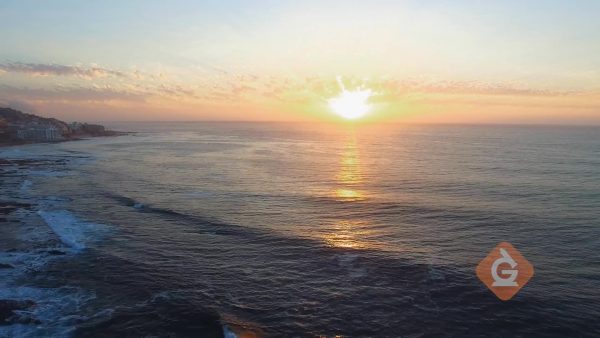
Our oceans are made of salt water. Salt water makes up most of the water on our Earth. It is called salt water because it is salty! Many animals live in the ocean like whales, sharks and colorful fish.

Lakes are surrounded by land on all sides.
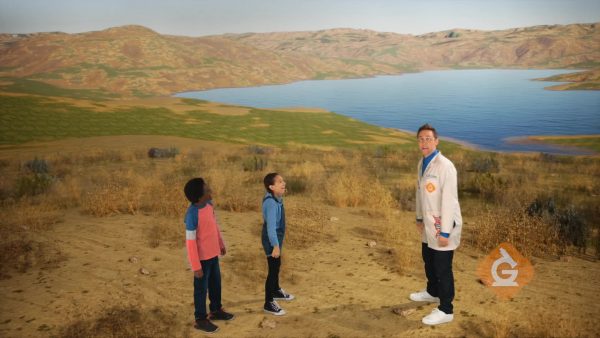
There are thousands of lakes around the world. One of the biggest group of lakes is called the Great Lakes located in the United States. Many fish, birds and plants live near lakes.

Water in rivers flows from place to place.
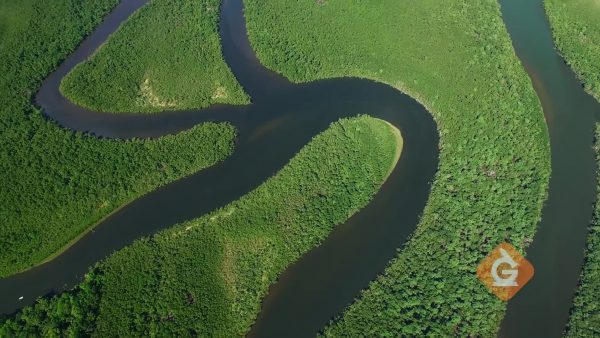
We can use rivers to help boats move from place to place. Rivers flow downhill due to the force of gravity. Some of the biggest rivers start in mountains and flow into the ocean.

Glaciers are made of frozen fresh water.
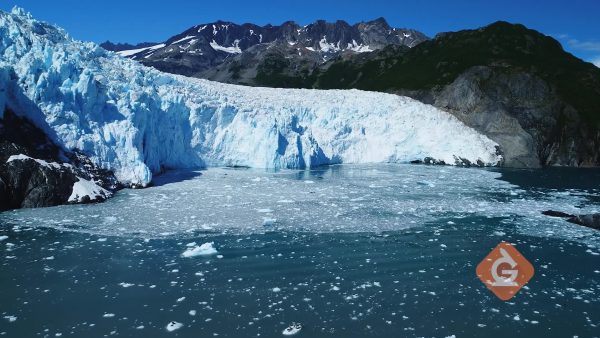
Glaciers are made of frozen fresh water. They form very slowly when snow and ice pack together. Glaciers are found where it is very cold. If a glacier is heated up it will melt.

Groundwater is made of fresh water.
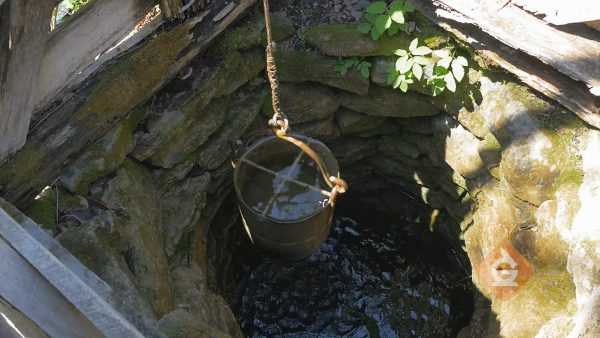
Groundwater is found under the Earth’s surface. A well is a hole dug into the ground to get groundwater. A bucket or a pump is used to get the water up to the surface.

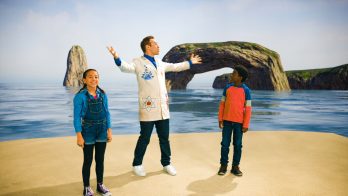
































































































































 Select a Google Form
Select a Google Form







 GENERATION GENIUS
GENERATION GENIUS




